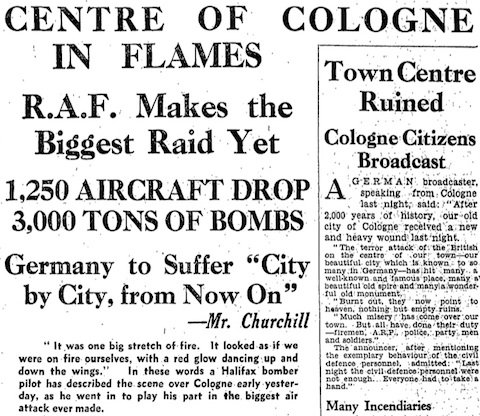Sykes’s lost squadrons
The Sykes Plan (or Memo, I’ll use them interchangeably here) is an infamous document, at least among those airpower historians interested in the early RAF. Major-General Frederick Sykes was the second Chief of the Air Staff (CAS), that is the professional head of the RAF; the Plan is infamous because it cost him his job. […]




